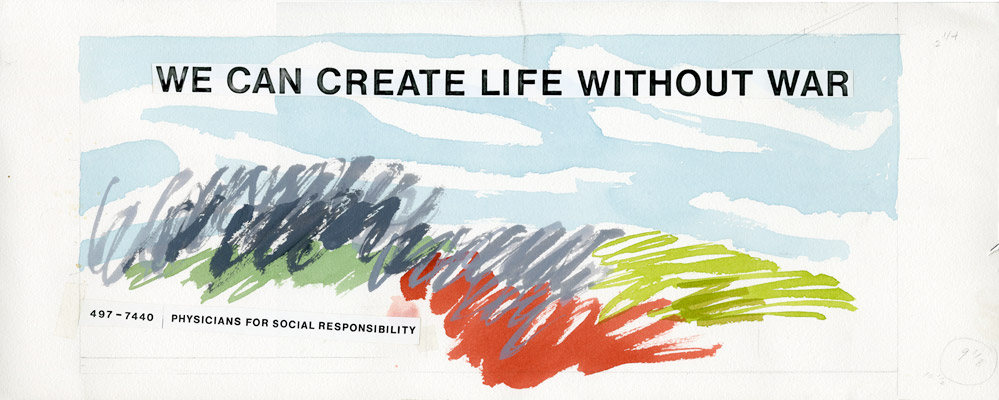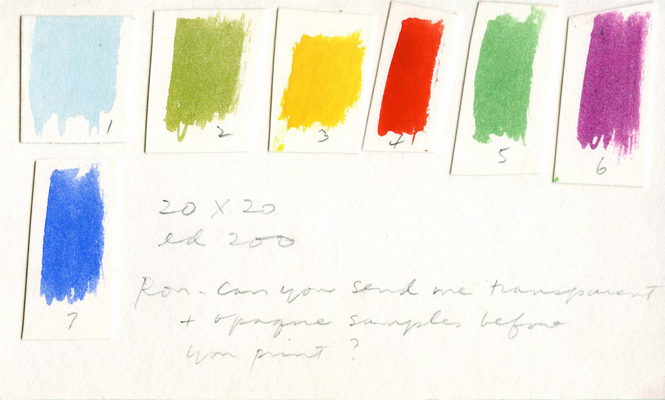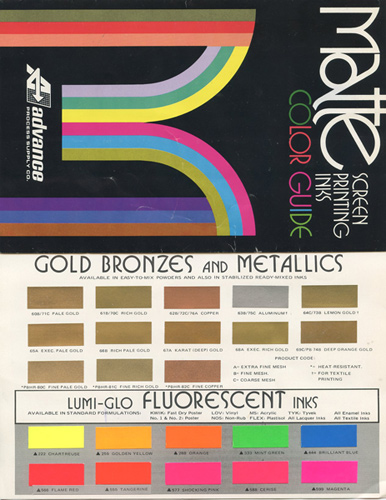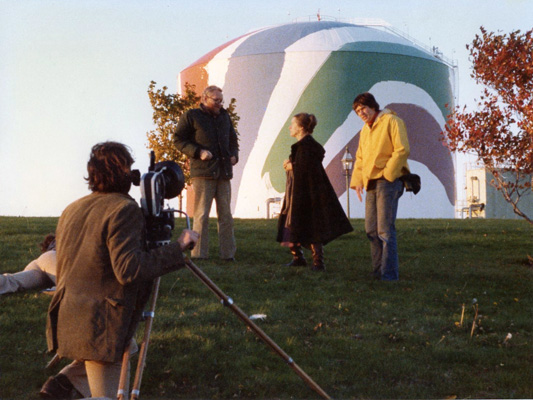Just days before the special exhibition Corita Kent and the Language of Pop opens at the Harvard Art Museums, another Harvard exhibition promises to shed further light on Kent’s life and work. Corita Kent: Footnotes and Headlines, on view at the Radcliffe Institute for Advanced Study’s Arthur and Elizabeth Schlesinger Library on the History of Women in America, begins August 24 and runs through December 4.
Named after Kent’s 1967 book of the same title, Footnotes and Headlines offers “a sense of who Kent was as a person as well as the influences on her art,” said Eva Payne, a graduate student in Harvard’s American Studies program and curator of the exhibition. (Payne also contributed to the research and exhibition catalogue for Corita Kent and the Language of Pop.) Susan Leavitt, a recent graduate of the Harvard Extension School’s Museum Studies program, assisted Payne with the exhibition.
It’s no coincidence that Footnotes and Headlines overlaps with Corita Kent and the Language of Pop. Indeed, Payne said, “we hope these exhibitions will be in conversation with one another.”
Nearly everything in Footnotes and Headlines—about 75 objects—is drawn from the Schlesinger’s Papers of Corita, the artist’s personal papers, most of which were given to the library four years after Kent’s death. A few additional objects in the exhibition are on loan from the Monroe C. Gutman Library at the Graduate School of Education and the Women’s Studies in Religion program at the Harvard Divinity School.
Nine cases of objects, arranged thematically, cover various aspects of Kent’s story. They include her identity as an artist, her role as a religious thinker, her work as a teacher, and her political and social activism. Among the objects are photographs, preparatory sketches for prints, mockups for billboards, and even early designs for Kent’s 1985 “LOVE” stamp.
Some objects, such as experimental swatches of fluorescent inks, lend additional context to Kent’s pop art prints in the Harvard Art Museums collections. There are also a number of items produced by Boston Gas that bear the rainbow-hued brushstrokes Kent famously designed in 1971 for the company’s gas tank, providing insight into how this iconic work was received and repurposed.
“Overall, Footnotes and Headlines will help people understand Kent as an artist working across a wide range of formats,” Payne said. “Her prints hung in galleries and museums, but she also wanted to dissolve the line between art and everyday life, so she took commissions for murals, advertisements, and even office equipment.”
Payne believes the Schlesinger exhibition, and more broadly the Papers of Corita, have much to offer visitors across a wide spectrum of interests and academic pursuits. “For art historians, Kent is someone who is both an outsider and an insider to the pop art movement,” Payne said. “While she is clearly drawing upon and influencing other artists, she’s also on the edge as a woman and a nun. For historians, her papers provide an important window into 1960s activism, and she’s showing a different way of engaging—through art. Her work is also interesting to scholars working in the history of religion; this is a period when the religious left was gaining steam.”
With these two exhibitions and a rich collection of the artist’s works and personal papers, Harvard is positioned to become a powerful center for the academic study and appreciation of Corita Kent’s life and art.
Corita Kent and the Language of Pop is supported in part by an award from the National Endowment for the Arts and major corporate support from National Grid.





